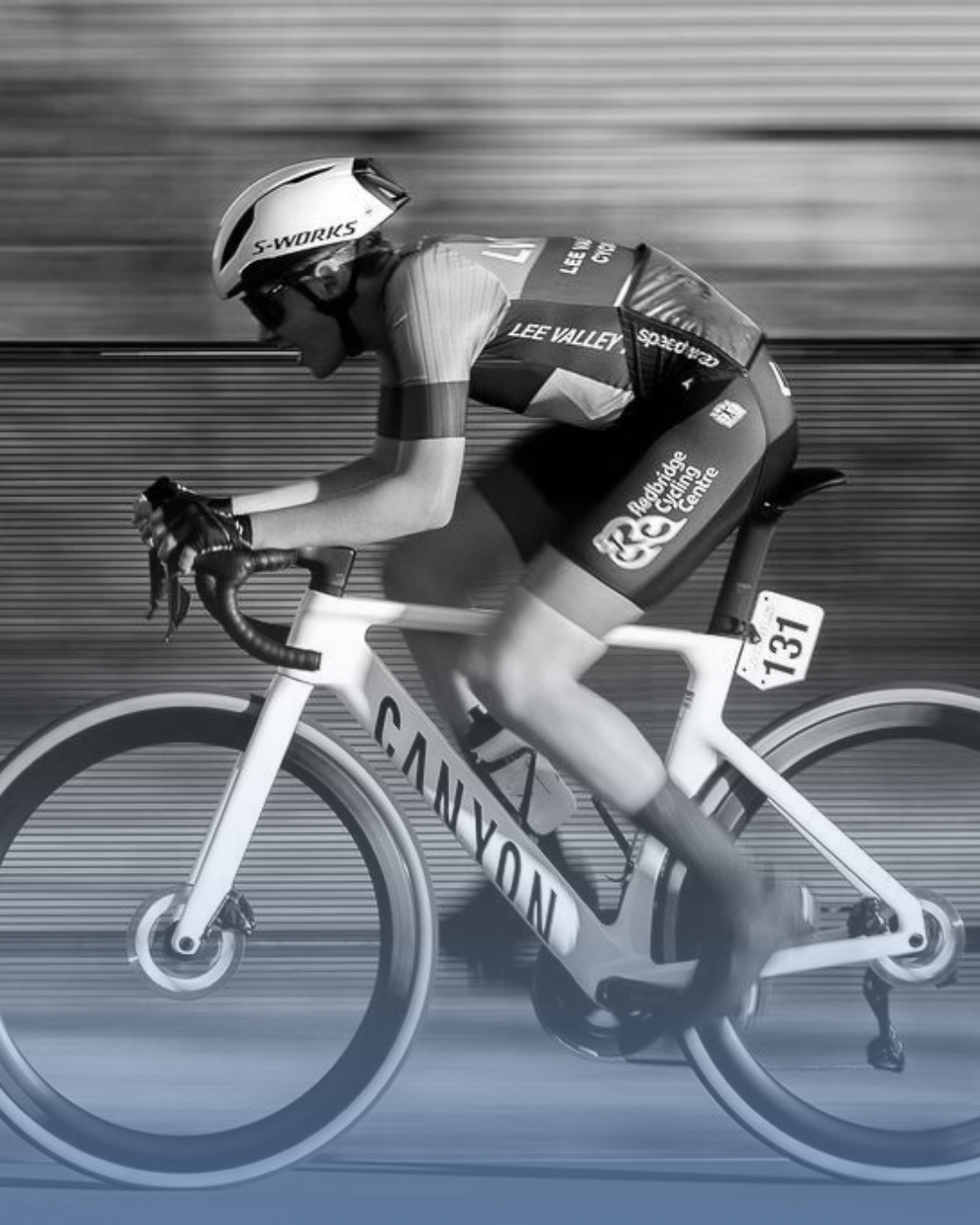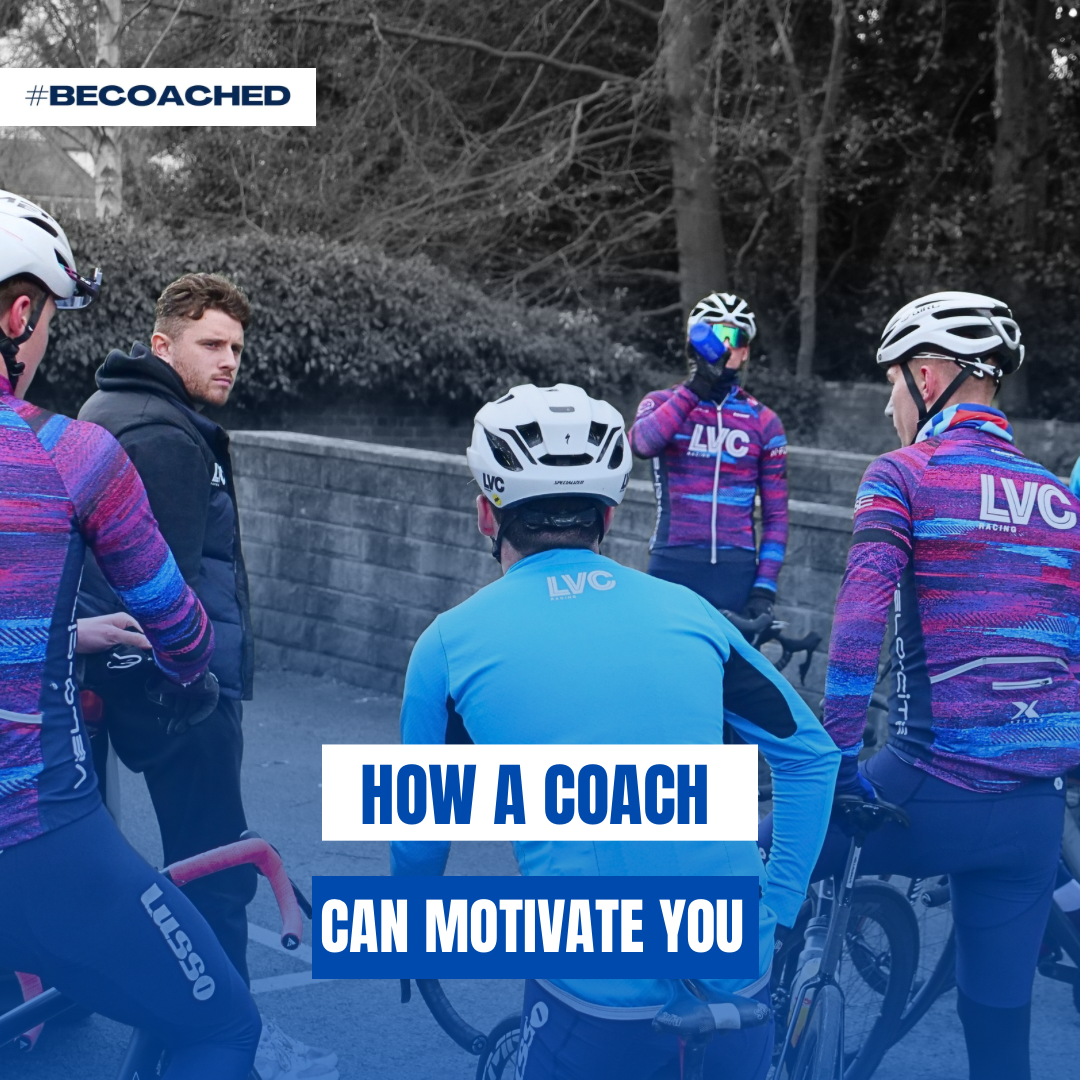How to Train Smarter, Not Harder: The Science Behind Smarter Cycling Coaching
Introduction: Smarter Training Starts with Smarter Thinking
Every cyclist wants to get faster but the smartest ones know that more isn’t always better. Riding endless hours, chasing every Strava segment, and stacking interval sessions without purpose often lead to fatigue, not performance.
At Raceline Cycling Coaching, we help athletes across the UK,USA to unlock their potential by training smarter, not harder. Through structured data, targeted intensity, and recovery-led progression, we show riders that science — not suffering — is the real key to improvement.
The Problem with “More is Better” Training
Cycling culture often glorifies volume. It’s easy to assume that the rider who trains 20 hours per week must outperform the one training 10. But performance isn’t built solely on hours; it’s built on adaptation.
When you train without structure:
Fatigue accumulates faster than fitness.
Training zones blur, limiting quality sessions.
Recovery windows shorten, leading to stagnation or burnout.
The result? You’re working hard, but not necessarily improving.
Smarter training, on the other hand, focuses on maximising adaptation per hour of effort. It’s about making every pedal stroke count.
The Science Behind Training Smarter
1. Understanding the Stress | Adaptation Cycle
Every training session applies stress to the body. Recovery allows adaptation — where the body rebuilds stronger, more efficient muscle fibers and energy systems.
Push too often without rest, and that cycle breaks. Performance plateaus, motivation drops, and overtraining risk rises.
Smart coaching optimises the ratio between stress and recovery to ensure progress continues linearly, not erratically.
2. Data-Driven Decision Making
Modern cycling coaching thrives on data — not guesswork. Tools like TrainingPeaks, WKO5, and power meters let us identify trends in:
Training load (TSS, CTL, ATL)
Fatigue and freshness
Power duration curves
Heart rate variability (HRV)
Cadence and torque analysis
At Raceline Coaching, we interpret these data points to ensure every ride serves a purpose. For example, we might reduce a long Sunday endurance ride if your fatigue scores are too high — or extend recovery blocks if your HRV signals stress.
3. Individualisation Over Imitation
Copying another rider’s plan rarely works. A Cat 1 racer and a weekend club rider might ride the same bike, but their physiological responses, recovery rates, and time availability differ dramatically.
Smarter training means tailoring workouts to your unique physiology, schedule, and goals — not forcing your life to fit a plan. That’s where personalised coaching matters most.
Training Smarter with the Right Intensity
Intensity distribution is one of the most overlooked elements in cycling training. Many riders spend too much time in the “grey zone” — not hard enough to drive adaptation, not easy enough to recover.
The Polarized Approach
Research from endurance physiology (e.g., Seiler et al.) shows that elite cyclists often follow an 80/20 distribution:
80% of training in low-intensity zones (Z1–Z2)
20% at high intensity (Z4–Z5)
This model promotes mitochondrial development, aerobic efficiency, and long-term progress — all while minimising burnout.
Sweet Spot and Threshold Training
For time-crunched athletes, Sweet Spot Training (SST) offers an efficient compromise. Working around 88–94% of FTP builds both aerobic and muscular endurance in less time.
At Raceline Coaching, we use data from power and heart rate to decide when to use a polarised approach, when to emphasise threshold work, and when recovery is most beneficial.



